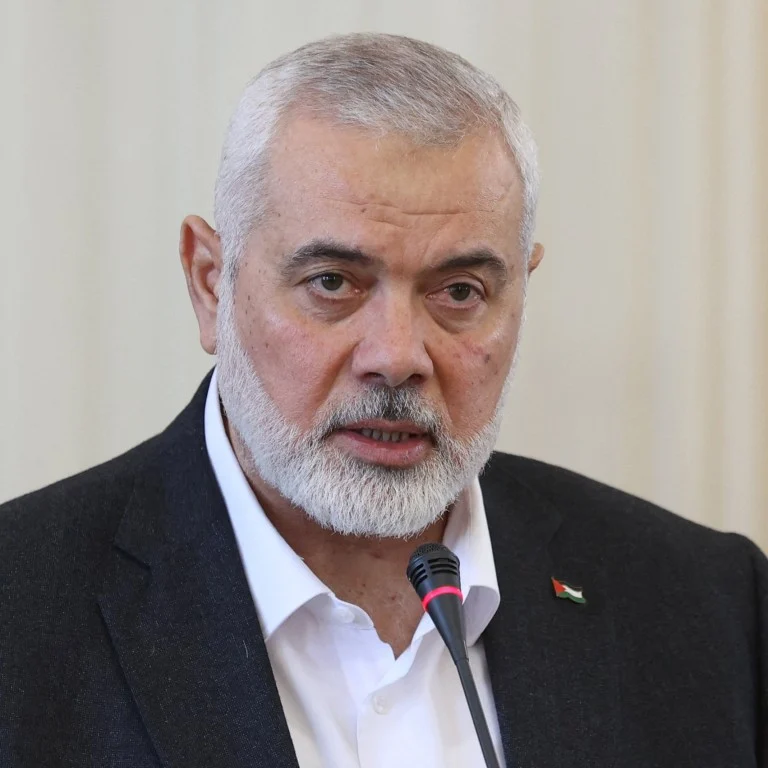Ismail Haniyeh, a key leader of the Palestinian resistance group Hamas, was killed by an explosive device at a guesthouse in Tehran, according to a New York Times report.
The incident took place at approximately 2 a.m. local time within the Neshat compound in northern Tehran, which was under the protection of the Iranian Revolutionary Guards.
The explosives, planted around two months before the attack, were triggered remotely when Haniyeh’s presence was confirmed at the guesthouse.
The blast caused considerable destruction, shattering windows and partially collapsing an exterior wall, although the overall damage to the building was limited. This suggests that the attack was not carried out using a missile strike but rather through a carefully hidden device.
The New York Times report, which includes information from seven officials—two Iranians and one American—highlights the extensive planning involved. The explosives were strategically placed well in advance, indicating a high level of premeditation.
Additionally, sources from the report, including five Middle Eastern officials, underscore the sophistication of the operation, emphasizing the careful concealment of the bomb within the guesthouse for an extended period before it was detonated.










